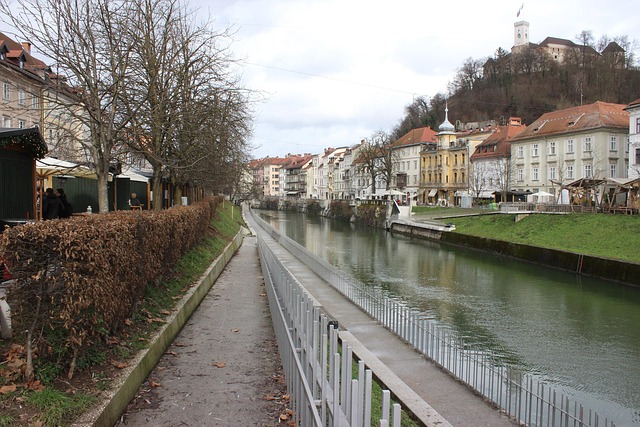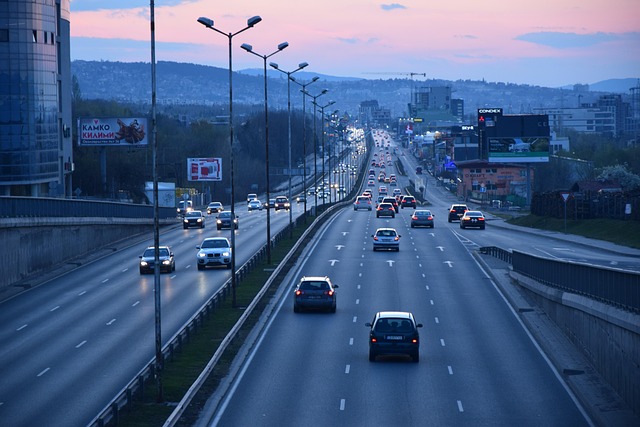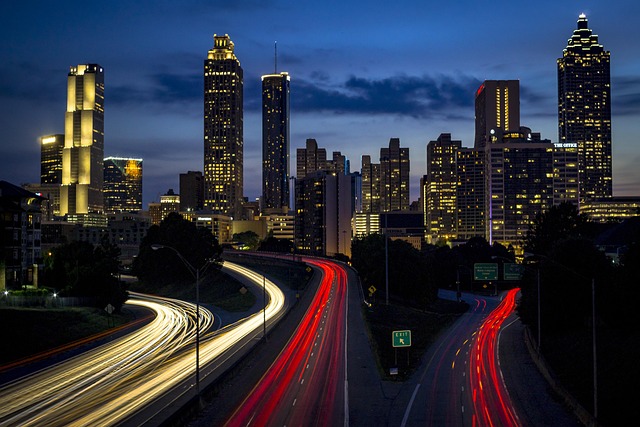
Karachi's dense population and traffic contribute to unique air quality challenges, tracked via the Air Quality Index (AQI). High levels of nitrogen dioxide, sulfur dioxide, and particulate matter pose health risks, especially to respiratory sufferers. Factors like vehicle emissions, industrial activities, weather patterns, and geographical location exacerbate pollution near Karachi Motorway. Improvement strategies include promoting sustainable transport, stricter industry emission standards, increasing green spaces, and making cities more walkable.
Karachi, Pakistan’s bustling metropolis, faces significant air quality challenges, particularly near the iconic Karachi Motorway. This article delves into the complex landscape of the city’s Air Quality Index (AQI), exploring critical factors impacting the air we breathe. From industrial emissions to traffic congestion, we uncover the culprits behind Karachi’s air pollution. Moreover, it offers strategic insights and potential solutions to mitigate these issues, aiming to improve urban air quality for a healthier future for its folks.
- Understanding Karachi's Air Quality Index
- Factors Affecting Air Quality Near Motorway
- Strategies to Improve Air Quality in Urban Areas
Understanding Karachi's Air Quality Index

Karachi, as a bustling metropolis, faces unique challenges when it comes to air quality due to its dense population and heavy traffic congestion. The Air Quality Index (AQI) serves as a crucial tool for gauging and communicating the level of air pollution in real-time. This index provides a standardized measure of various pollutants, allowing residents and authorities alike to stay informed about the current air quality conditions.
In Karachi, understanding the AQI is essential for several reasons. High AQI levels can indicate harmful concentrations of pollutants like nitrogen dioxide, sulfur dioxide, and particulate matter (PM2.5 and PM10). These pollutants can have severe health impacts, particularly on vulnerable populations such as children, elderly individuals, and those with pre-existing respiratory conditions. By monitoring the AQI, residents can take proactive measures to protect their health, such as wearing masks or limiting outdoor activities during periods of poor air quality.
Factors Affecting Air Quality Near Motorway

The air quality near Karachi Motorway is influenced by a multitude of factors, many of which are unique to urban environments and heavily trafficked areas. One primary contributor is the concentration of vehicles, especially heavy goods carriers and public transport buses, that constantly use this major thoroughfare. The exhaust fumes from these vehicles emit harmful pollutants like nitrogen oxides, particulate matter, and carbon monoxide, directly impacting nearby communities’ air quality.
Additionally, industrial activities in the vicinity, including manufacturing plants and construction sites, play a significant role. These sources release various pollutants, including volatile organic compounds (VOCs) and sulfur dioxide, exacerbating the overall pollution levels. Weather conditions also come into play; stagnant atmospheric patterns can trap emissions, leading to smog and reduced air dispersion. Karachi’s geographical location, surrounded by water bodies but also close to desert regions, contributes to both dust storms and fog, further complicating the already challenging air quality scenario in this bustling metropolis.
Strategies to Improve Air Quality in Urban Areas

To combat poor air quality in urban areas like Karachi, several strategies can be implemented. One key approach is to promote sustainable transportation options, encouraging the use of public transit, electric vehicles, and cycling over conventional cars. This can significantly reduce emissions from vehicle exhaust, a major contributor to air pollution in densely populated cities. Additionally, implementing stricter emission standards for industries and power plants can limit the release of harmful pollutants into the atmosphere.
Green spaces and urban forests play a vital role in improving air quality. Planting trees along main roads and developing parks can help absorb excess nitrogen oxides and particulate matter from the air. Moreover, city planners should focus on creating more pedestrian-friendly environments to reduce traffic congestion, thereby lowering pollution levels. In Karachi, these measures could transform the city’s air quality, making it healthier for its residents.
Karachi’s air quality index near the motorway reflects complex environmental challenges faced by urban centres. By understanding the factors impacting air quality, such as vehicle emissions and industrial activities, we can implement effective strategies like promoting public transport, adopting cleaner technologies, and enhancing green spaces to improve Karachi’s overall air quality and foster a healthier environment for its residents.






